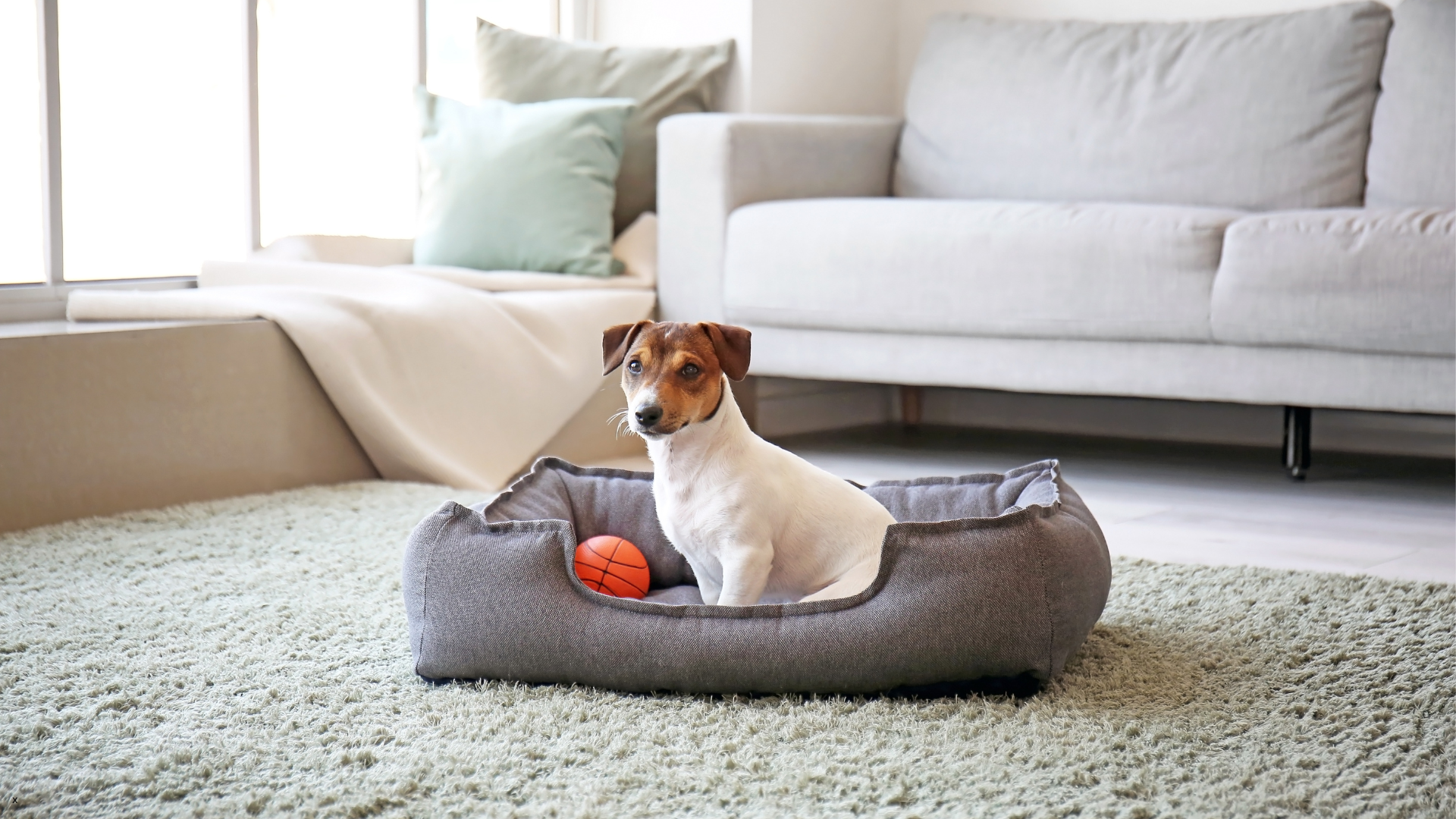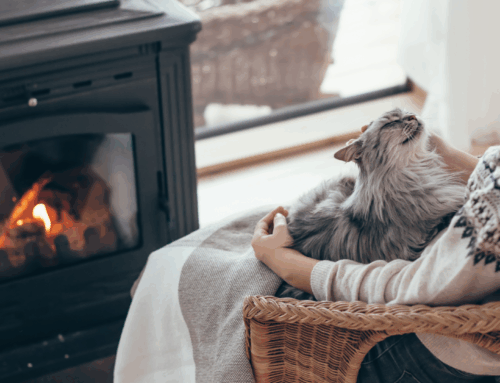Leaving a dog alone can be a necessary part of pet ownership, whether you have to go to work, run errands, or have other obligations that require you to be away from home. However, it’s important to consider how long is too long to leave a dog alone to ensure their well-being and happiness. In this blog post, we will explore the factors that influence how long a dog can be left alone, including age, breed, behavioral traits, daily routine, signs that your dog has been left alone for too long, and tips for minimizing separation anxiety.
Age and Breed Considerations for Leaving a Dog Alone
Understanding the nuances of your dog’s age and breed is crucial when determining the appropriate amount of time they can spend alone. Puppies, with their developing bodies and minds, require more attention and cannot be left alone for the same duration as adult dogs. They need regular bathroom breaks, typically every two hours, and ample time for play and socialization to foster healthy growth and behavior. Conversely, adult dogs may have more tolerance for longer periods of solitude, though this greatly depends on their health and activity level.
Senior dogs present another consideration. While they might not have the boundless energy of their younger selves, they may need more frequent bathroom breaks and can suffer from health issues that necessitate closer supervision. It’s imperative to tailor your approach to the specific needs of your dog’s life stage.
The breed of your dog also plays a pivotal role in this equation. High-energy breeds and those specifically bred for companionship or work may find it particularly challenging to cope with solitude. Breeds such as Border Collies, Australian Shepherds, and Labrador Retrievers, known for their intelligence and need for engagement, may exhibit signs of stress or anxiety when left alone for extended periods. On the other hand, breeds with a more independent nature, such as Greyhounds or Shiba Inus, may be more adept at handling time on their own.
Behavioral Traits That Affect How Long a Dog Can Be Left Alone
Some canines exhibit a strong sense of independence, showing no signs of distress or destructive behavior even when left by themselves for extended periods. These dogs often entertain themselves and remain calm throughout the day, making them more adaptable to longer durations of solitude.
Conversely, other dogs may display a deep-seated need for companionship and can quickly spiral into anxiety or exhibit negative behaviors if left alone for what they perceive as too long. Traits such as excessive attachment to their owner, fearfulness, or a generally anxious disposition can significantly influence a dog’s ability to cope with being alone. Dogs that follow their owners from room to room when home or exhibit distress when their owner prepares to leave may be more prone to separation anxiety.
Dogs with a history of abandonment or those that have been rehomed multiple times may also have a harder time adjusting to periods of solitude. Their past experiences can lead to an increased need for reassurance and presence, which makes them more sensitive to being alone.
The Impact of Daily Routine on Your Dog’s Alone Time
A consistent daily schedule is not just a matter of convenience; it’s a cornerstone of a dog’s sense of security and well-being. Abrupt changes in their daily routine, particularly regarding how long they are left alone, can lead to stress and anxiety. Implementing a predictable pattern of activities, including times for walks, meals, and companionship, establishes a sense of normalcy for dogs, making the times they must spend alone less daunting.
Incorporating gradual increases in alone time within this stable framework allows your dog to adjust without undue stress. This method is akin to training for endurance; just as athletes don’t start by running a marathon, dogs benefit from slowly extending their capacity to be alone. If a dog knows that after a period of solitude there will be a walk or playtime, it gives them something to look forward to, reducing potential anxiety.
Adapting the routine to fit your dog’s individual needs based on their age, breed, and personality, while maintaining a structure, supports their ability to cope with being alone. It’s about creating a balance that fosters independence while ensuring they feel loved and secure, optimizing their health and happiness during times of solitude.
Signs Your Dog Has Been Left Alone for Too Long
Recognizing the indicators that your dog is struggling with the duration of their solitude is essential for maintaining their mental and physical health. Key signs of distress include engaging in destructive activities, such as chewing on furniture or personal items, which can be an expression of their anxiety or boredom. Excessive vocalization is another clear signal; dogs who bark, whine, or howl more than usual are likely attempting to communicate their discomfort or appeal for companionship.
In addition to these behaviors, uncharacteristic soiling within the home can suggest that a dog has been left alone beyond their capacity to cope or control their bladder. This is particularly true for dogs that are otherwise house-trained and may indicate both stress and the physical need for more frequent bathroom breaks. Observed changes in their routine behaviors, such as pacing, restlessness, or alterations in their sleep and eating patterns, also point towards a negative response to prolonged periods of isolation.
Another subtle yet telling sign is a marked decrease in energy or enthusiasm when you return home. Dogs naturally exhibit excitement upon their owner’s return, but a dog that has been alone too long might show signs of lethargy or disinterest, which can be a symptom of depressive behavior stemming from isolation.
Tips for Minimizing Separation Anxiety in Your Dog
To effectively mitigate separation anxiety in dogs and ensure they remain composed and happy during periods alone, implementing specific strategies can be immensely beneficial. Initiating vigorous physical activity and engaging mental challenges before departure can significantly diminish their stress levels. This preemptive approach helps drain excess energy and provides a sense of fulfillment, making the impending solitude less daunting for them.
Introducing calming aids into the environment is another effective tactic. The soothing effects of background music, designed specifically for canine ears, or the deployment of pheromone diffusers can create a tranquil atmosphere, reducing anxiety triggers. These aids serve as gentle, comforting presences, filling the silence and providing reassurance in the owner’s absence.
A gradual increase in alone time also plays a critical role in alleviating separation anxiety. Begin with short intervals and incrementally extend the duration, allowing your dog to slowly acclimate to longer periods of solitude. This method helps build their confidence and independence, easing the transition and making alone time a normal, stress-free part of their day.
In instances where separation anxiety persists despite these efforts, seeking the expertise of a professional trainer or behaviorist is highly advisable. These specialists can offer tailored advice and training techniques to address the root causes of anxiety, fostering a more secure and content disposition in your dog.
By adopting these approaches, pet owners can significantly reduce the impact of separation anxiety on their dogs. These measures not only enhance the quality of life for the pet but also reinforce the bond between dog and owner, ensuring a mutually happy and healthy relationship.







Leave A Comment